HOLOGRAPHIC WORMHOLES AND QUANTUM COMPUTERS
- planck
- Aug 25
- 8 min read
On November 30, 2022, a group of physicists led by Maria Spiropulu published a surprising study in the journal Nature that caused a great media stir. Using a quantum computer with only 7 qubits, they managed to teleport the quantum state information of a new qubit from one copy of the system to another identical copy. What is novel and surprising about this work is that the researchers claim that this quantum experiment has a dual gravitational system associated with it: two space-times with negative curvature (Anti-de Sitter) joined by a (micro)wormhole. In other words, the transfer of information carried out in the quantum system from one copy to the other is equivalent to the transfer of information between two AdS space-times joined by a wormhole.
The commotion caused by the interpretation of the results of this experiment clearly reflects the intricate relationship between physics, mathematics, and reality. In this article, we will delve into the key aspects of the experiment as well as its possible interpretations and consequences.
The five key steps of the experiment
Below we will describe the five fundamental steps that describe the experiment. These are the experimental facts, the phenomena measured and recorded by scientists:
1) Researchers use a 7-qubit quantum computer . These 7 qubits are initially prepared in a state of quantum entanglement so that they simulate the behavior of two identical copies of 7 fermions (half-integer spin particles like electrons) called the left copy and the right copy.
2) A new qubit is then introduced into the left copy. Information about the state of this new qubit is rapidly dispersed among the 7 qubits of this copy, so that the information carried by the new qubit is completely encoded and dispersed across the 7 qubits on the left.
3rd) Next we couple (allow them to interact) both copies.
4th) Subsequently, the researchers proceed to perform a measurement on the 7 qubits on the right.
5) After the measurement, the researchers observe something surprising: at a certain point, the information of the new qubit introduced into the left copy abruptly reappears, without dispersion and completely decoded in the right copy.
Initially, this experiment appears to be just another quantum state teleportation process. However, this "instant decoding" phenomenon described in the last step is very difficult to explain from an information theory perspective: How is it possible to automatically decode information in the right copy, completely scattered in the left copy, without any decoding process involved? This phenomenon seems to contradict everything we know about how information behaves at a fundamental level.
Maria Spiropulu's scientists make a fascinating claim: The simplest and most "natural" explanation for these experimental findings is the existence of a dual holographic gravitational system. The key question we now ask is: Have the physicists working in this experiment found traces, clues, or evidence of this dual gravitational system?
Traces of a dual holographic gravitational system
The holographic principle states that a conformal quantum system (CFT) is equivalent to a gravitational system consisting of an AdS space-time (where the CFT is formulated at the AdS edge). The so-called SYK system is formed by a quantum system of N fermions that has a very well-studied dual gravitational system. As we saw in this article , if we couple two CFTs, we obtain, as a dual system, two AdS space-times connected by a wormhole. Therefore, if we couple two identical SYK systems of N fermions, we obtain precisely this dual gravitational system. According to the scientists of the experiment, the traces of the existence of this dual system would be the following:
- Ultra-fast information encoding and dispersal
It is well known that black holes are the fastest and most efficient encoders/dispersers of information in the Universe. The degree of exponential information dispersion in a quantum system can be measured by the so-called Lyapunov exponent. At the quantum level, there is an upper limit to what this indicator can achieve, and the experimental system has been found to be very close to this limit. It appears as if some kind of microscopic "black hole" is involved in the information dispersion.
- Temporal symmetry
The two sides of a wormhole possess perfect time symmetry: one end would be the time-reversed image of the other. Researchers can evolve the SYK system forward or backward in time using either the time evolution operator (forward) or its inverse operator (backward). By applying the inverse operator to the left copy and the forward operator to the right side, they found that by injecting the qubit with the information and performing the coupling, both copies behave as if they were time images. The degree to which the information is dispersed can be measured with a parameter that takes complex values; the complex phase of this parameter shifts clockwise on the left side of the system and counterclockwise on the right side. This indicates that in both copies, the way in which the information is dispersed is time-reversed.

(a): Introduction of a thermal operator at the edge of the left copy
(b): The size winding of the thermal operator evolves by "winding" in a clockwise direction
(c): After coupling the distribution evolves counterclockwise.
(d): Process (c) is equivalent to inserting an inverted operator at the right copy edge.
There is another surprising interpretation related to the time symmetry of both systems: in gravitational terms, the coupling between the two copies can be interpreted as the injection of a shock wave of negative energy. This shock wave produces a temporal displacement in any object it encounters. This phenomenon is what makes it possible to avoid the singularity, making the wormhole traversable, since the particle is temporally displaced just before encountering it.
- Instant teleportation of the quantum state
The appearance of the quantum state in the right copy is instantaneous, as if the space-time distance between the two copies were zero. This is one of the most characteristic characteristics of wormholes.
- Perfect "size winding"
As described in the previous section, once the new qubit state is inserted into the left copy, this state begins to rapidly disperse. This process is neither perfect nor uniform; however, in the case of very low temperatures (this is the case in which a dual gravitational system can be attributed), the experimenters found perfect information dispersion/encoding. This is what would be expected in the transfer of information through a wormhole.
- Shapiro's temporal dilation
In a variation of the experiment, the researchers performed the following test: at the same instant in which they injected the new qbit into copy L, they injected another qbit into copy R. They subsequently performed a measurement on the system and found that the presence of the other qbit on the R side produced a delay in the propagation of the state from copy L to copy R. From the point of view of the dual gravitational system, this delay could be explained by the phenomenon called "Shapiro time delay" based on the gravitational phenomenon of time dilation.
Quantum Gravity in the Laboratory
In recent years, rapid technological improvements and the emergence of the first operational quantum (mini)computers have led to the emergence of a field of theoretical physics called "Quantum Gravity in the Lab." The main idea is to detect low-energy traces of quantum gravity phenomena. Some experiments are based on quantum gravitational superposition, others use holographic principles. The latter are based on the possibility that certain materials possess a dual gravitational system and that this system has distinctive effects that can be detected in the laboratory. For example, in this article , it has been proposed that a ring composed of a special material such as TlCuCl3 that possesses a critical quantum point at low temperature may possess a dual space-time. This dual space-time with negative curvature would have measurable effects: if we place a light source at one point of the ring and observe it using Fourier optics, we will detect another light source at the exact opposite point of the ring. This effect would be caused by the negative curvature of dual space-time! (In the opinion of the author of this blog, this experiment is so fascinating that it will be the subject of the next article on this website.)
Could it be that scientists in Spiropulu's group have detected the dual gravitational system associated with the seven-qubit entangled system? If true, it could represent one of the most important discoveries in decades and open a window to the exploration of quantum spacetime.
Interpretations of the results
Before continuing, it is necessary to make the following clarifications:
- The experiment's "holographic wormholes" have nothing to do with black holes or macroscopic wormholes created by gravitational collapse. They would be microscopically sized wormholes. The nature of these "bridges in space-time" is unclear: although they are, in principle, classical wormholes, they could have quantum properties on a fundamental scale, fitting within the concept of ER=EPR for elementary particles.
- Our prime candidates for quantum gravity theories are string theory and loop quantum gravity. These theories predict that space-time is quantum at the fundamental level and that every material system has an associated "intrinsic" space-time (every material particle has gravity, and gravity is actually space-time). From this perspective, the idea of materials with associated dual gravitational systems doesn't seem so exotic.
At this point, the key question is whether the most satisfactory explanation for the experimental facts described in the first section is that described by a dual holographic system . Although the scientists behind the experiment claim the answer is affirmative, many physicists and science writers have pointed out the limitations of this experiment, to cite just a few:
- The system uses only 7 qubits which is too close to the lower limit needed to obtain the holographic system in the SYK system simulation.
- Artificial intelligence-based algorithms have been used to obtain a simplified version of the SYK model; the holographic model (if it exists) would be a simple 2-dimensional gravitational system (one spatial dimension and one temporal dimension).
- It is not clear how a simulation on a quantum computer can be interpreted as reflecting the reality of our four-dimensional world.
- Holographic space-time has negative curvature and is very different from our real space-time with positive curvature.
Many of the above objections are technological limitations, so they can likely be overcome in the near future. This gives us hope that this experiment is a first step toward studying holography and quantum gravity in the laboratory, although there is undoubtedly still a long way to go.
The fact that some media outlets have used overly striking or unrigorous expressions such as "scientists create a wormhole in a quantum computer" has led many readers and communicators to dismiss the entire experiment, believing it to be a media manipulation. In my opinion, this is a mistake: whether or not these "quantum gravity in the laboratory" experiments lead us to discover new properties of our Universe, this is a path that science must pursue, and I can't think of a more fascinating experiment than one likely to provide new insights into the most fundamental nature of space-time.
Conclusions
One of the fathers of string theory and the holographic principle, the great physicist Leonard Susskind, is closely following these experiments (in fact, Spiropulu's team's experiment is partly based on theoretical work in which Susskind has participated; see, for example, this article ). Susskind is apparently working with a group of scientists on a similar experiment using an improved simulation of the SYK model.
In works in which Susskind himself has collaborated, optimistic phrases are mentioned about these experiments, for example when he states: "We hope that future experiments using a larger number of qubits will allow us to explore the interior of the wormhole and investigate quantum properties of gravity."
Although at other times they are more cautious and prudent when they exclaim: "Future work that allows varying the time, coupling, and way in which the information is encoded will be decisive in drawing a clear conclusion."

Leonard Susskind
It's still too early to know whether these experiments, which aim to detect quantum properties of gravity in the laboratory, will be able to reveal new and exciting quantum properties of space-time. However, one thing is certain: the upcoming experimental projects could not be more fascinating and far-reaching. If we're lucky and nature is kind to us, perhaps it will reveal its deepest and most fundamental secret: the secret of the ultimate nature of space-time.
Sources: A Comment on “Traversable wormhole dynamics on a quantum processor” Physicists Create a Holographic Wormhole Using a Quantum Computer Quantum Gravity in the Lab: Teleportation by Size and Traversable Wormholes, Part II
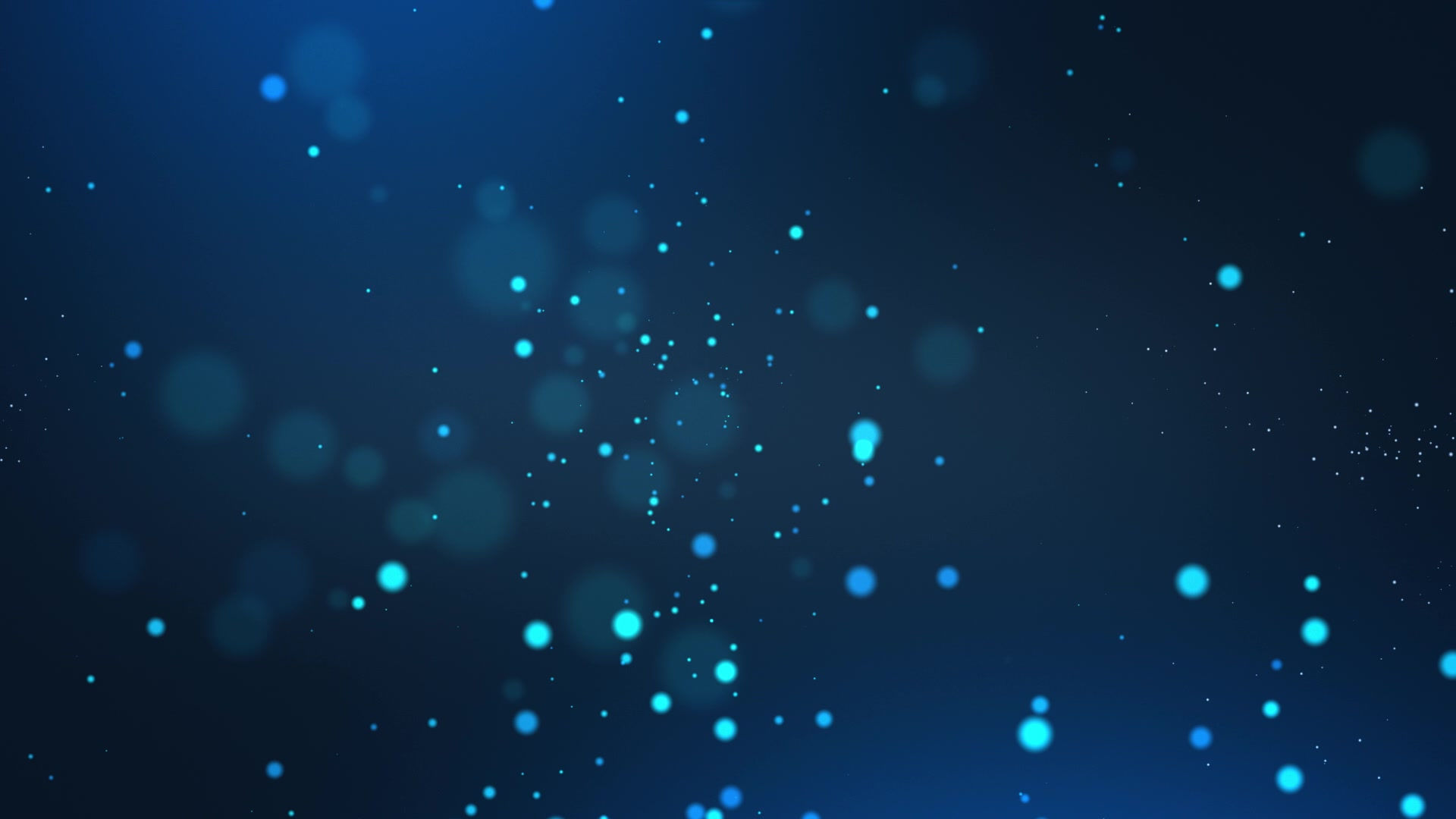

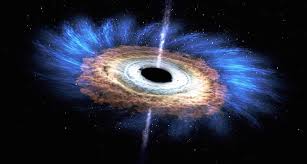
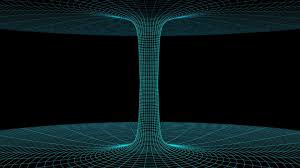
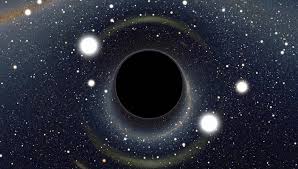
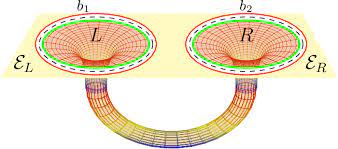

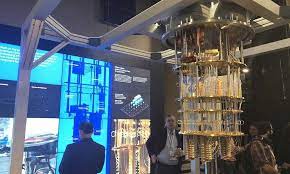
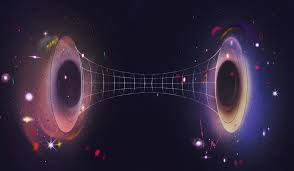

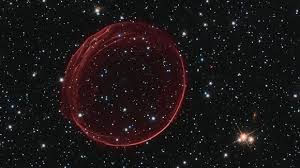

Comments